BASEERA KHAN
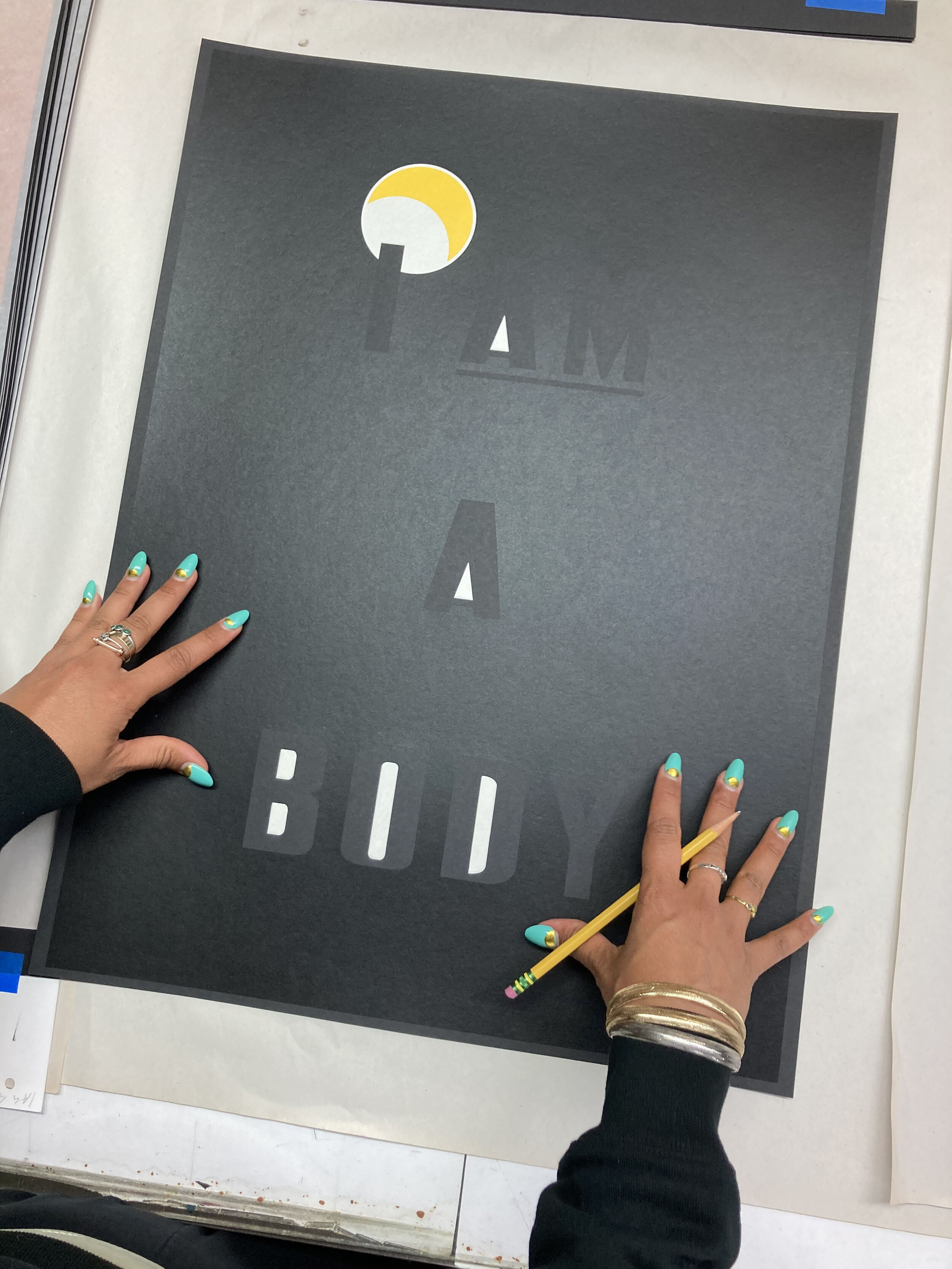
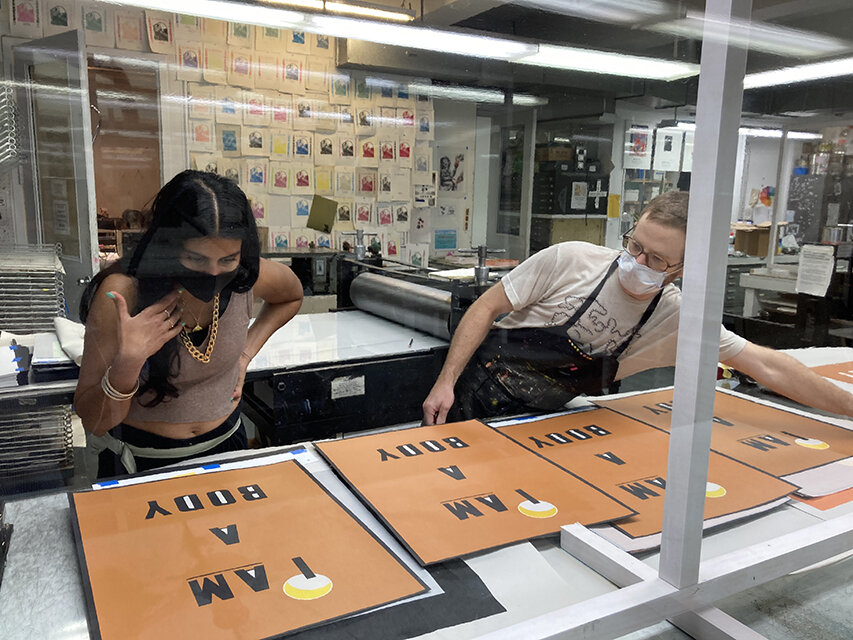

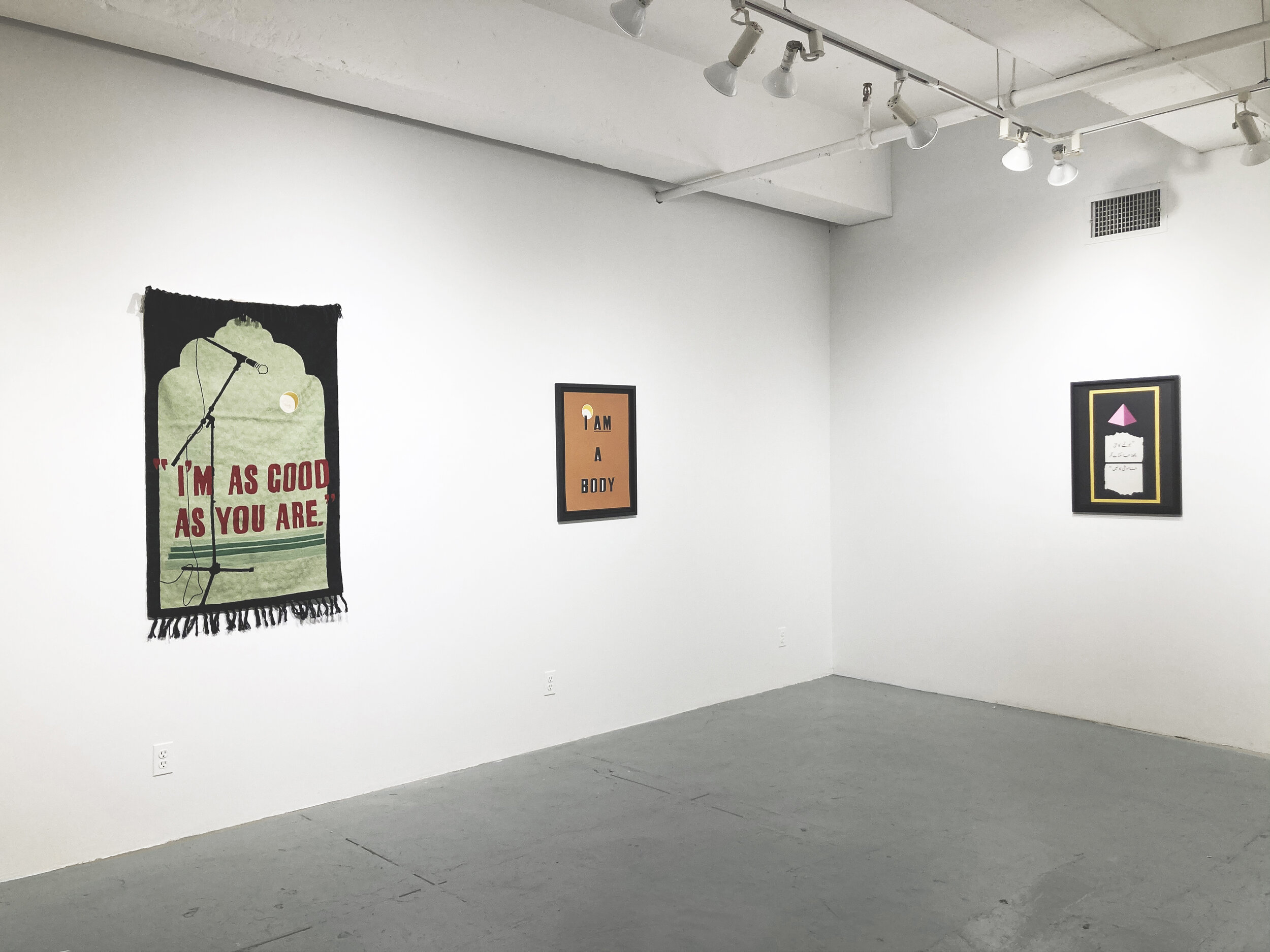
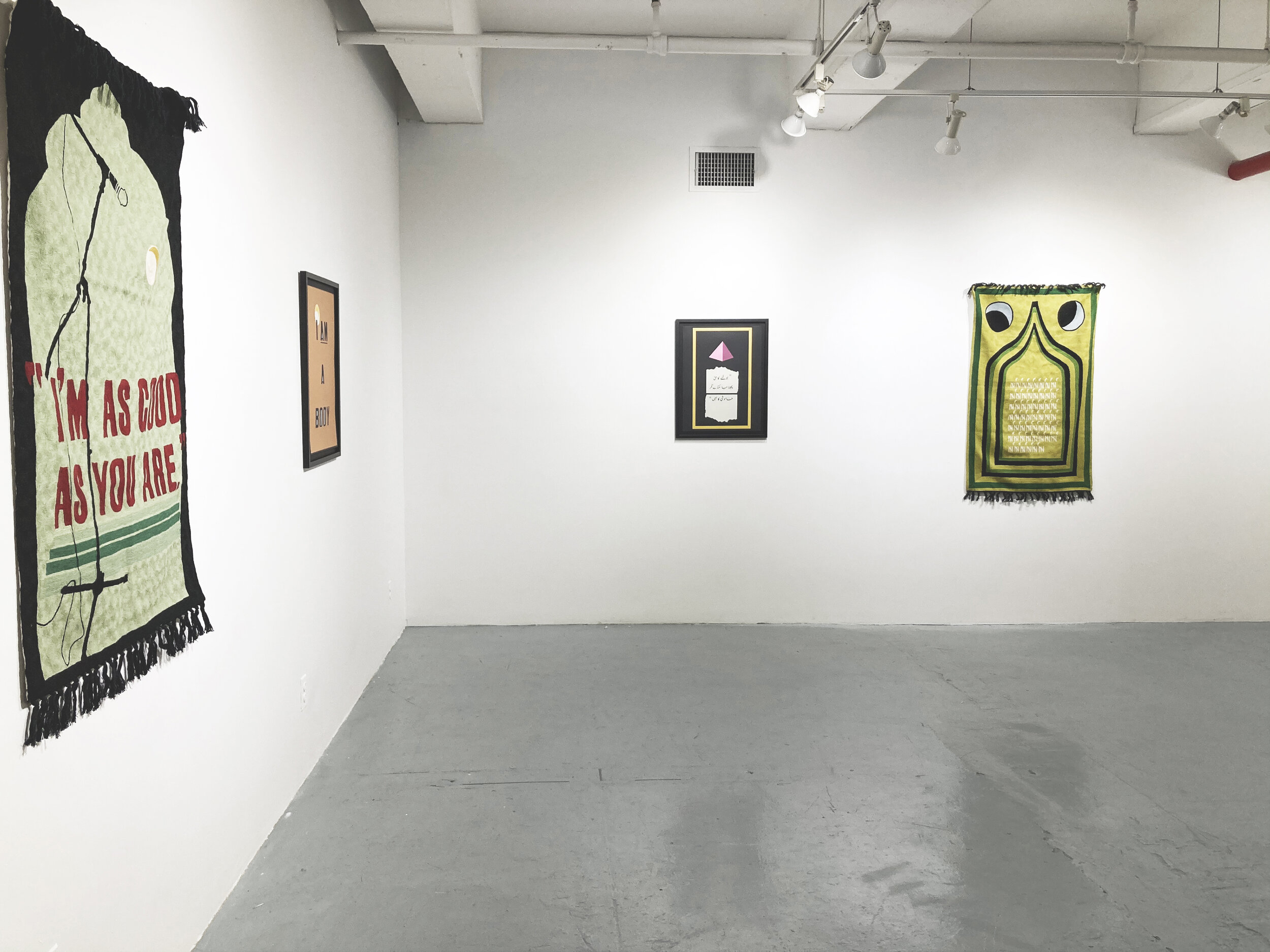



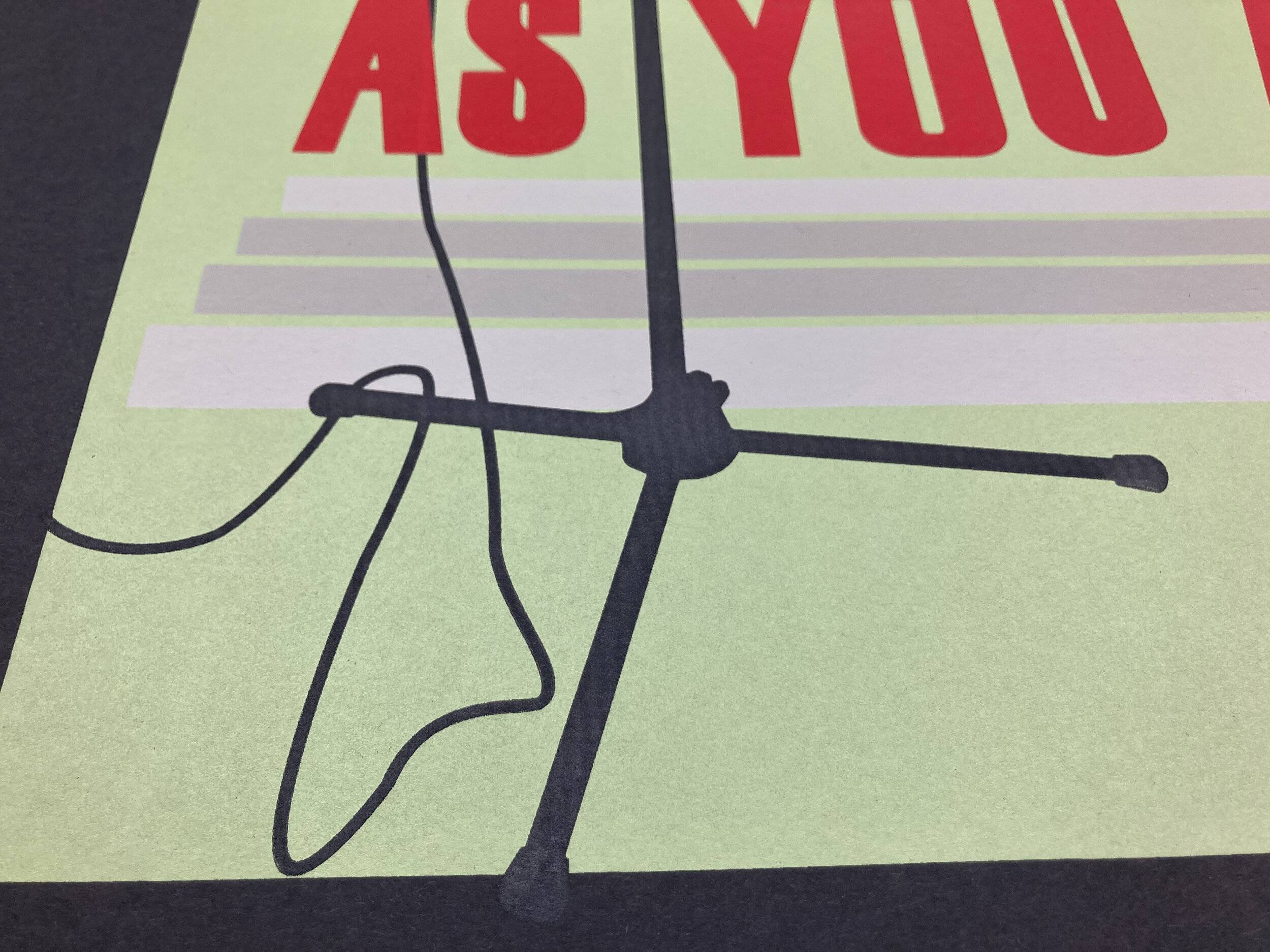
Baseera Khan









Robert Blackburn Printmaking Workshop (RBPMW) is a co-operative printmaking workspace that provides professional-quality printmaking facilities to artists and printmakers of every skill level. We are committed to inspiring and fostering a racially, ethnically, and culturally diverse artistic community dedicated to the making of fine art prints in an environment that embraces technical and aesthetic exploration, innovation and collaboration.
EFA Robert Blackburn Printmaking Workshop | 323 West 39th Street, New York, NY, 10018, United States